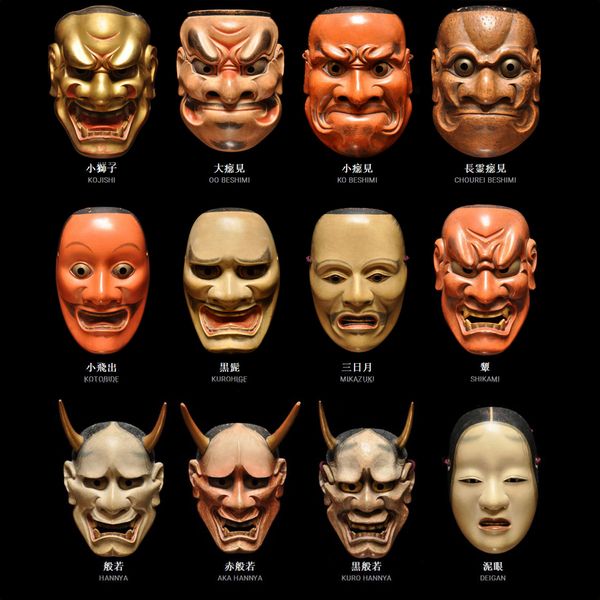J-Rock, short for “Japanese Rock”, is a musical genre that emerged in Japan in the late 1970s. With deep roots in Western rock, J-Rock has evolved into a distinct musical phenomenon. It is characterized by its sonic diversity, expressive lyrics and cultural impact.
The J-Rock: Its Beginnings and Western Influence
J-Rock took its earliest inspiration from Western rock of the 1960s and 1970s. Bands such as The Beatles and Led Zeppelin had a significant influence on early Japanese artists. This laid the foundations for a musical movement that would quickly develop.
Evolution of Sub-Genres
Over the decades, J-Rock has diversified into a multitude of subgenres. Each bringing their own flavor to the music scene. From alternative rock to visual kei, through progressive rock and post-rock, this musical style has been able to adapt and reinvent itself while retaining its fundamental essence.
Pioneers and Icons of the J-Rock
Artists such as X Japan, Luna Sea, and B’z were among the pioneers of the genre. They marked the Japanese musical landscape in a significant way. These groups brought new energy and innovative sounds. They helped establish this musical genre as a major genre.
The J-Rock and his “Visual Kei”
A distinctive aspect of the genre is the “Visual Kei” movement, where visual aesthetics play just as important a role as the music itself. Bands like Malice Mizer and Dir En Gray are emblematic of this style. They combine rock music with elements of visual theatricality, eccentric fashion and artistic makeup.
Fusion of Styles and Experiments
He is also distinguished by his propensity to fuse different musical styles. Bands like L’Arc-en-Ciel and Asian Kung-Fu Generation explored elements of pop, punk and indie rock. They have thus created a diversity of sound which continues to surprise and seduce listeners.
Cultural Impact and Globalization
J-Rock has transcended national borders to become a global phenomenon. Bands such as One Ok Rock and Babymetal have gained international recognition. The latter contributed to the popularization of this style beyond Japan.
New Waves and Generations
Over the years, new generations of artists have emerged. Contemporary groups such as Radwimps and Kenshi Yonezu continue to innovate and explore new musical avenues. They thus ensure the sustainability of J-Rock in the current musical landscape.
Conclusion
J-Rock, with its stylistic diversity and rich musical heritage, remains an essential pillar of the Japanese music scene. From its Western-influenced beginnings to its global impact, it has evolved while preserving its unique identity. Through its subgenres, iconic icons and ability to cross cultural boundaries, J-Rock remains a true musical journey that continues to inspire and captivate audiences around the world.



